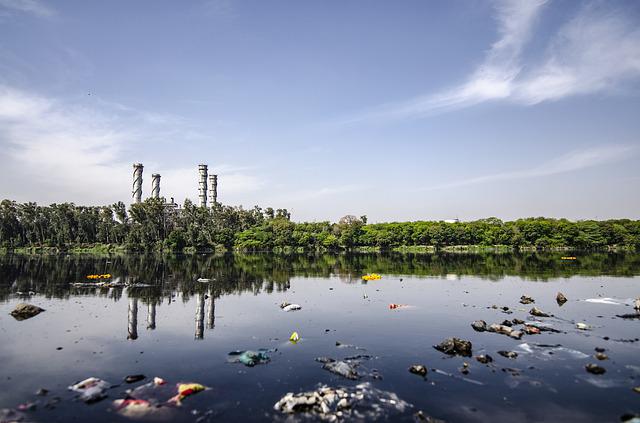By Brigitte Rodriguez, Associate Researcher & Writer for Save The Water™ | September 3, 2022
Wastewater treatment has become a major issue in recent years. However,the Moving Bed Biofilm Reactor (MBBR) is a major technology that has proved to be very useful. It is a municipal and wastewater treatment process created in 1980. This technology assists in the removal of organic matter and nutrients.
The MBBR is recognized for its “simplicity, robustness, flexibility and compactness for the treatment of wastewater.”
What is a Moving Bed Biofilm Reactor?
The MBBR is a biological process that uses bacteria to decompose waste. This technology consists of a tank that features a bio-media (inert object facilitating the treatment of the influent) that allows bacteria to grow freely. The bacteria growing in the media in multiple layers allows the organic elements and nutrients to be removed from the waste stream and “convert the soluble material into biomass” that will be removed further along the stream.
The MBBR process is carried out in a tank. These “MBBR aeration tanks are open at the top, exposing the water to open air, which makes this an aerobic filtration process.”
Some advantages of this technology are that it removes all solid particles, requires little space, and is efficient. It is also easy to operate, avoids sludge recycling, and it is not as expensive.
Examples of MBBR Use
The treatment plants in Batesville, Arkansas, exhibited problems in 2008 because they exceeded the limits for their effluents. Therefore, they looked for technologies to improve their water quality and decided to apply the MBBR for this purpose. This technology was chosen because of its simplicity. It also made it possible for the older sludge storage to be used at the same time. The first municipal MBBR was built from 2011 to 2015.
Another example of the use of MBBR is at the Perrigo company site in Yerucham, specifically in its wastewater treatment plant. This was because the water had high amounts of Chemical Oxygen Demand (COD), which measures the amount of oxygen required for the oxidation of organic matter in water. The MBBR was selected because it could be built upon in the future and sustain variations in the organic load present in the industrial effluent. The technology allowed COD levels to be reduced and within regulations.
Another example is that of the city of Wetaskiwin in Alberta, Canada where it was decided that the city’s lagoon-based treatment system would be improved. Therefore, plans were made to upgrade the treatment system using MBBR technology in order to reach the effluent limits of Alberta Environment and Parks. The improvements are expected to conclude in December 2023. In addition, this project will not only benefit public health, but will have a positive impact on the environment.
Other technologies that can be used
Currently, there are several innovative technologies available for use in sewage treatment:
- Activated sludge process (ASP): This process involves the removal of organic material in wastewater. The ASP refers to the use of a suspended concentration layer of microorganisms that is used to reduce the organic matter and separate the suspended solids.
- Extended aeration (EA): This method is a biological system used to treat domestic water that uses modified activated sludge procedures. Some of the advantages of the system are that it is easy to repair and generates no smell.
- Sequential batch reactor (SBR): This technology is used to treat industrial and municipal wastewater. It is a “fill-and-draw activated sludge system for wastewater treatment.” In the SBR, wastewater is put into a reactor which gets rid of certain suvstances. Following this process, the water is expelled. This technology has several advantages, such as being adjustable and easy to use. The disadvantages are that maintenance costs are high and there exists the possibility of dumping floating sludge.
- Fluidized aerobic bed reactor (FAB): This technology allows for the high removal of Chemical Oxygen Demand (COD) and Biological Oxygen Demand (BOD),represents the amount of oxygen consumed by the bacteria when decomposing organic matter. The FAB is a reactor where air is brought into the water treatment plant to make sure the bacteria remains alive. With this process,the air finishes diffusing, which allows the production of microorganisms that will decompose the organic solids.
Future perspectives
Many researchers have been working on the improvement of nitrification, denitrification for the purpose of getting rid of biological nitrogen and phosphorus. We can also empower the solid retention time for future applications. Further research will improve this technology for wider applications.
What can you do to save water?
There are a few ways you can reduce the effects of wastewater:
- Using household products with phosphorus content
- Volunteer for local public awareness campaigns to draw attention to wastewater
- If you live in a country or region with water bodies at risk, urge your government to better manage cleaning of sewage and wastewater





